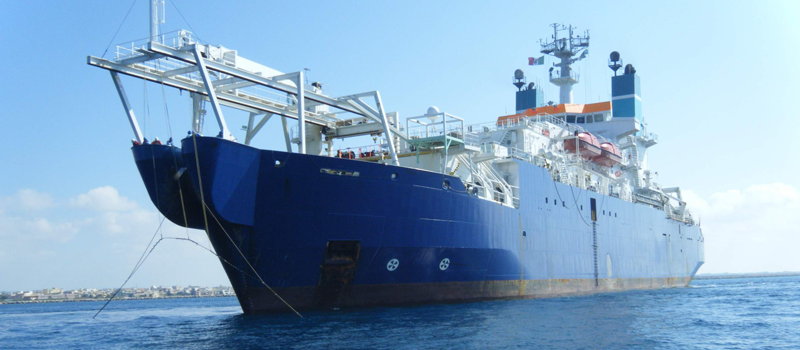 Today is arguably the most exciting time in our history to be involved in the global ICT community. With new technologies emerging, competitors collaborating or merging outright, and new communities coming online for the first time, the world is becoming a more closely-connected place.
Today is arguably the most exciting time in our history to be involved in the global ICT community. With new technologies emerging, competitors collaborating or merging outright, and new communities coming online for the first time, the world is becoming a more closely-connected place.
The technology that arguably enables this coming together more than any other is the submarine cable. These fiber optic cables laid along the ocean floor physically connect far-flung places so that information can be shared quickly and easily. And there are more and more of them being laid all the time.
Because the submarine cable industry is evolving so quickly, we decided to take a look at some the recent developments in an effort to assess the state of the submarine cable industry right now.
To get a sense of the bigger picture of how many submarine cables are currently online around the globe and where they are, view TeleGeography’s 2018 submarine cable map. As the map shows, submarine cables already traverse nearly every area of the globe, and they are only becoming more important in enabling our global connectivity. How important are they? According to the Asia-Pacific Economic Cooperation forum, 97% of all intercontinental data is carried by these cables.
Submarine cables bring the Internet to a lot of places and are also responsible for hastening the movement of information from continent to continent. In both a social and a business sense, these capabilities are now indispensable to the world today. Recently, we saw an example of just how consequential these submarine cable connections can be. The West African nation of Mauritania was completely cut off from Internet access for 48 hours when a subsea cable broke, according to infrastructure analysts.
How and why did the break happen? Ultimately, subsea cables are physical objects placed in often-unforgiving environments and breaks occur naturally. However, some breaks end up causing more problems than others. In a recent blog, TeleGeography explained submarine cable redundancy and why some previous cable breaks have actually been worse than this recent example.
The benefit that these cables bring to global connectivity cannot be overstated, and as a result, significant submarine cable projects continue to be commenced and brought online. One of the prominent recently-announced projects is the PEACE (Pakistan East Africa Cable Express) submarine cable. A joint venture between Huawei Marine and Global Marine Systems Limited, the cable will provide over 60 Tb capacity, will stretch to Africa and Europe, and is expected to go online by the end of 2019.
The MAREA cable, a joint venture between Telxius, Facebook, and Microsoft, is another high-profile cable project that will come online in 2018. This cable is an example of the trend of content providers partnering on cable projects with an eye towards providing the best possible experience of their product for users around the world. The MAREA cable is 6,000 km long, and at 160 terabytes per second, is the highest capacity cable to cross the Atlantic to date.
Continuing west across the globe, we’ll come upon another cable nearing completion. Final testing on the Hawaiki cable is set to begin shortly. The 15,000 km cable system will connect Oregon with Australia and New Zealand, and make stops in American Samoa and Hawaii along the way. Staying in APAC, construction has also begun on a new cable system connecting Japan, Guam, and Australia.
What’s your personal take on the current state of the submarine cable industry? What trends do you think will emerge going forward? Is there any technology that is more responsible for connecting the unconnected populations around the world? We want to hear your opinion. Share this piece with your colleagues, or reach out to us on Twitter to share your thoughts.




